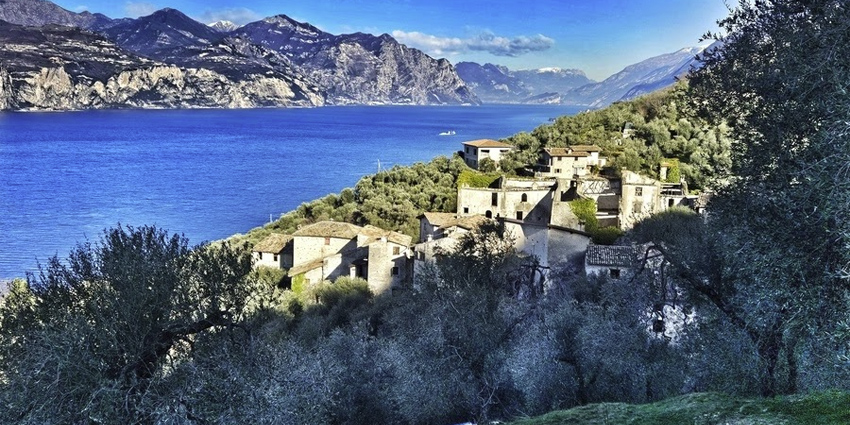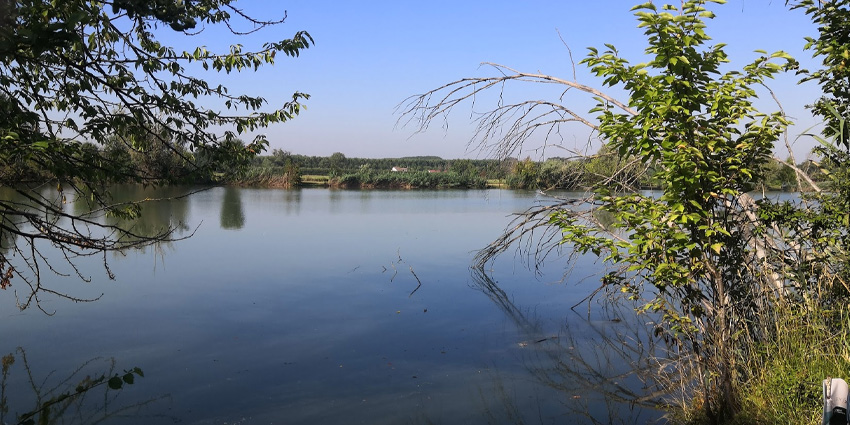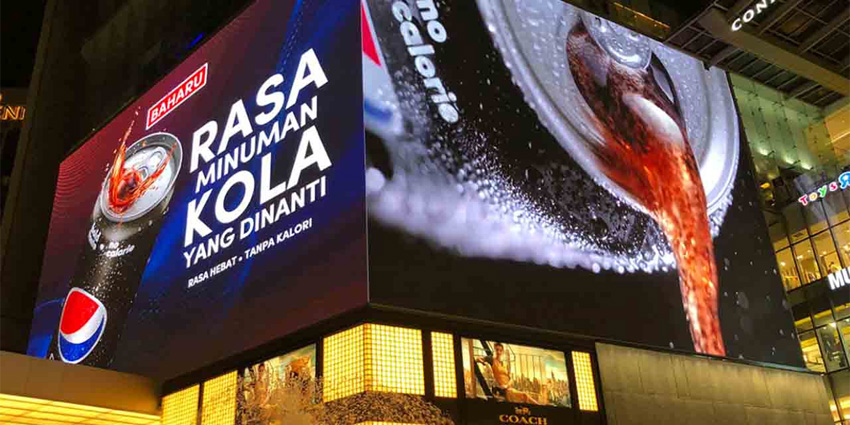
Campo di Brenzone: The Abandoned Medieval Village Overlooking Lake Garda
Nestled on the eastern slopes of Lake Garda, between the ridges of Monte Baldo and the serene waters below,
lies a place seemingly untouched by time: Campo di Brenzone. This tiny medieval village, now home to just seven inhabitants, captivates visitors with its history, its panoramic location, and the atmosphere of mystery that surrounds it. Reachable only on foot via ancient forest paths, Campo stands as one of the most evocative examples of mountain depopulation in Italy.
A Journey Through Time: Stone Walls and Silence
Campo di Brenzone appears as a cluster of stone houses, built using local materials and arranged along narrow cobbled alleyways. The village exudes a timeless charm, where modernity has barely left a mark. Many of the buildings are in ruins, yet they still convey the simplicity and endurance of rural life. At the heart of the village stands the Church of San Pietro in Vincoli, a small Romanesque treasure dating back to the 12th century. Inside, visitors can find frescoes from the Venetian school, probably from the 13th and 14th centuries. Despite its modest size, the church remains the symbolic and spiritual center of the village.
A Natural Setting of Great Beauty
Campo is surrounded by a natural environment of exceptional value. The surrounding forests include holm oaks, elms, downy oaks, and cypresses, alongside terraced olive groves that speak to the area’s agricultural past. In spring and summer, the undergrowth bursts into bloom, offering a vibrant palette of colors and scents that enrich the experience for hikers and nature lovers. Access to the village is by stone-paved mule tracks, many of which follow medieval routes once used by locals to reach the lakeside towns below. The effort of the ascent is rewarded by sweeping panoramic views of Lake Garda, with vistas stretching from the Sirmione peninsula to the western shores.
A Village Alive in Memory
Though nearly abandoned today, Campo is far from lifeless. The few remaining residents maintain a vital connection to the land, preserving the village’s legacy through agriculture, traditional building practices, and storytelling. Some houses have been carefully restored, using traditional techniques and natural materials to preserve the authenticity of the architecture. During the summer months, Campo occasionally hosts cultural events, art exhibitions, and initiatives aimed at celebrating local heritage. For the rest of the year, it remains a quiet, secluded place—an ideal refuge for those seeking authenticity and introspection.
A Symbol of Mountain Depopulation
Campo di Brenzone serves as a powerful symbol of the broader demographic changes that have affected many mountain communities in Italy. Over the course of the 20th century, isolation, lack of infrastructure, and economic pressures led to a gradual abandonment of the village. As families moved down to the lakeside towns or into urban centers, Campo’s population dwindled. However, its isolation also helped preserve its original character. Unlike other villages that have been reshaped by mass tourism, Campo has retained its silence, its ruins, and its stories.
A Place to Observe, Listen, and Understand
Campo is not a tourist attraction in the conventional sense. There are no shops, no cafés, no hotels within its boundaries. What it offers is subtler: a landscape of the soul, an experience of slowness, silence, and presence. Every corner, every ruin, every faded fresco tells a story of faith, of labor, of a community once deeply rooted in the rhythms of nature. It is a place for contemplation, for listening to the wind in the trees and the crunch of gravel underfoot.
Campo di Brenzone in the Context of Lake Garda
In the cultural and geographical landscape of Lake Garda, Campo offers a rare contrast. While the lake’s shores are lined with lively tourist towns full of services and activity year-round, this tiny village presents a radically different experience. Located just a few kilometers from the center of Castelletto di Brenzone, Campo can be reached on foot in about 30 to 45 minutes, depending on the chosen trail. The most commonly used path starts from Marniga, a lakeside hamlet well connected to the main Gardesana road. The hike leads visitors through olive groves and woodland, offering a gradual ascent and an ever-changing perspective on the territory and its past.




